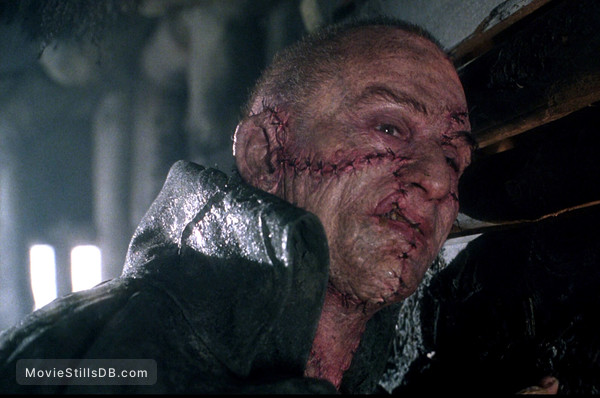
He also chose a period style for his illustrations, telling Comic Book Resources in 2008, “I wanted the book to look like an antique to have the feeling of woodcuts or steel engravings, something of that era.” Instead Wrightson based his vision on the actual book’s descriptions of characters and objects. Wrightson’s drawings were truly unique, as unlike other tributes he was not influenced by the pop-culture interpretations of Shelley’s tale, made mainstream by Boris Karloff’s (1931) and Christopher Lee’s (1957) films. Wrightson (creator of Swamp Thing in 1971) often reminded fans that Frankenstein wasn’t a project he was being paid for, and that his illustrated version was a labor of love which he worked on in between paying gigs.


Originally published by Marvel Comics, Wrightson painstakingly created 50 detailed pen-and-ink illustrations to go alongside Shelley’s original Frankenstein novel.

These themes have remained endlessly compelling, giving rise to roughly seventy-five Frankenstein-like movies, and more books and short stories than we can count.įast forward to 1983 when a 35-year-old artist named Bernie Wrightson, concluded a seven-year passion-project-tribute to his favorite monster. Frankenstein’s creation (we sometimes forget the monster did not have a name, although he does call himself, when speaking to his creator, Victor Frankenstein, the “Adam of your labors”) reminds us what can happen when we tamper with nature, and the horrors we are capable of creating. We start in the year 1818, when Mary Shelley brought to life an iconic monster, touching upon many human failings and fears in the process. Gather round horror fans, I have a dreadfully interesting tale to tell you. Frankenstein by Mary Wollstonecraft Shelley, illustrated byīernie Wrightson (Gallery Books, Illustrated edition, April 27, 2021)


 0 kommentar(er)
0 kommentar(er)
